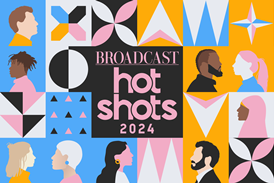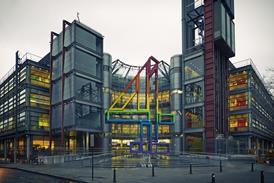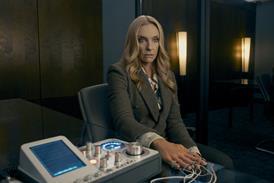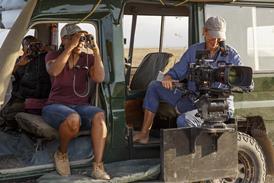The TV industry is in a period of continuous technological innovation, says Tom Cape
Television is no longer contained to the box in the corner.
As TV converges with the web, new services and devices seem to launch weekly – and as consumers adopt these new technologies at an increasing rate, the nature of broadcast TV is also steadily changing, both in delivery and consumption.
Whether they’re watching time-shifted or video-on-demand (VoD) content, consumers are complimenting their TV experience with a combination of additional services on multiple devices and screens.
Alone, traditional linear broadcast is no longer enough and service providers must adapt to meet the high expectations of their ever more networked and tech-savvy audiences.
For years, traditional linear broadcast has been trusted with providing high quality, reliable and consistent content to its audiences – people like to know exactly what to expect and when to expect it.
However, linear delivery now makes up only one element of a broadcast offering that includes an ever increasing mix of devices, choices and demands.
With broadcast quality content already existing beyond the television – take Netflix and BBC iPlayer, for example – consumer standards have been set high, and they no longer accept poor quality, service or user experience.
The challenge for broadcasters, therefore, is to transfer the best of the broadcast experience onto this new TV landscape; to ensure high quality content and a consistent viewing experience regardless of channel or device.
Understanding how people are watching television and consuming content is one thing, but translating this into a workable broadcast model is another.
Broadcasters must focus their investment in new technology and developing alternative business models to meet the needs of their continuously connected audiences – responding to their demands for TV anytime, anywhere with a mode of ‘connected broadcasting’.
The onus is on broadcasters to learn from their online video counterparts to deliver this type of ‘connected broadcasting’ to viewers.
These ‘truly connected’ services, designed for television, should combine the historic qualities of traditional workflow efficiency and reliability with the new capabilities for reach, scalability and dynamic operations to deliver content to all consumer devices.
This said, innovation remains a two-way street.
Traditional linear TV and newer emerging TV technologies both have qualities the other can learn from.
New platforms offer viewers the flexibility, agility and responsiveness to consume the content they want, where and when they want it – something typically ‘off-limits’ for traditional broadcast.
Yet, traditional TV has the trust of viewers in its high quality, reliable and robust offering – qualities emerging services must also take on board.
However we look at today’s TV landscape, broadcasters are in the best possible position – being able to respond to new consumer behaviours, rather than provoking change in an unwilling audience.
It is now time for broadcasters and service providers to step upward and meet consumer expectations for convergence in TV.
As we move forward, innovation should build on the most successful areas of TV video consumption and offer a much more powerful, flexible and efficient model.
- Tom Cape is director of connected solutions at Arqiva.
Tom Cape will speak at IBC as part of Arqiva’s Linear TV & Connected Broadcasting session on Saturday 13 September at 1pm in Rooms G102/103.
Cape will be joined by Nigel Walley, managing director at Decipher; Richard Lindsay-Davies, chief executive at Digital TV Group; Stuart Savage, director of EU Innovation R&D at LG Electronics; Ben Hine, director of operations, technology and innovation at UKTV

























No comments yet